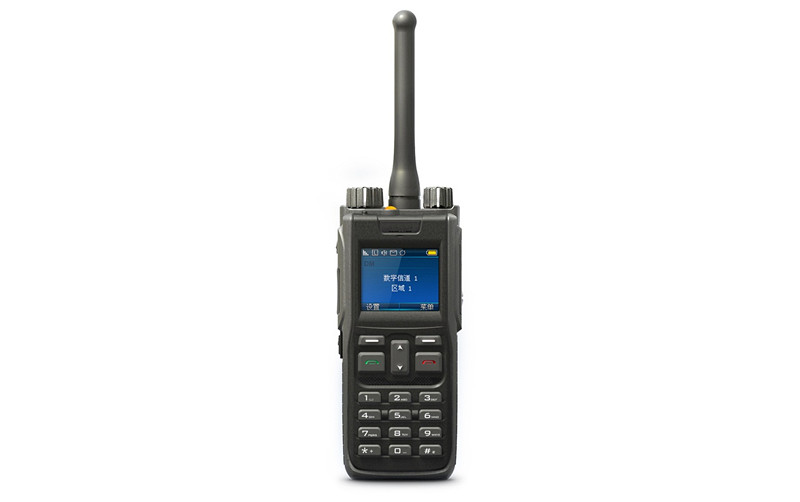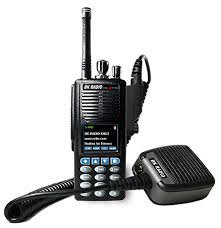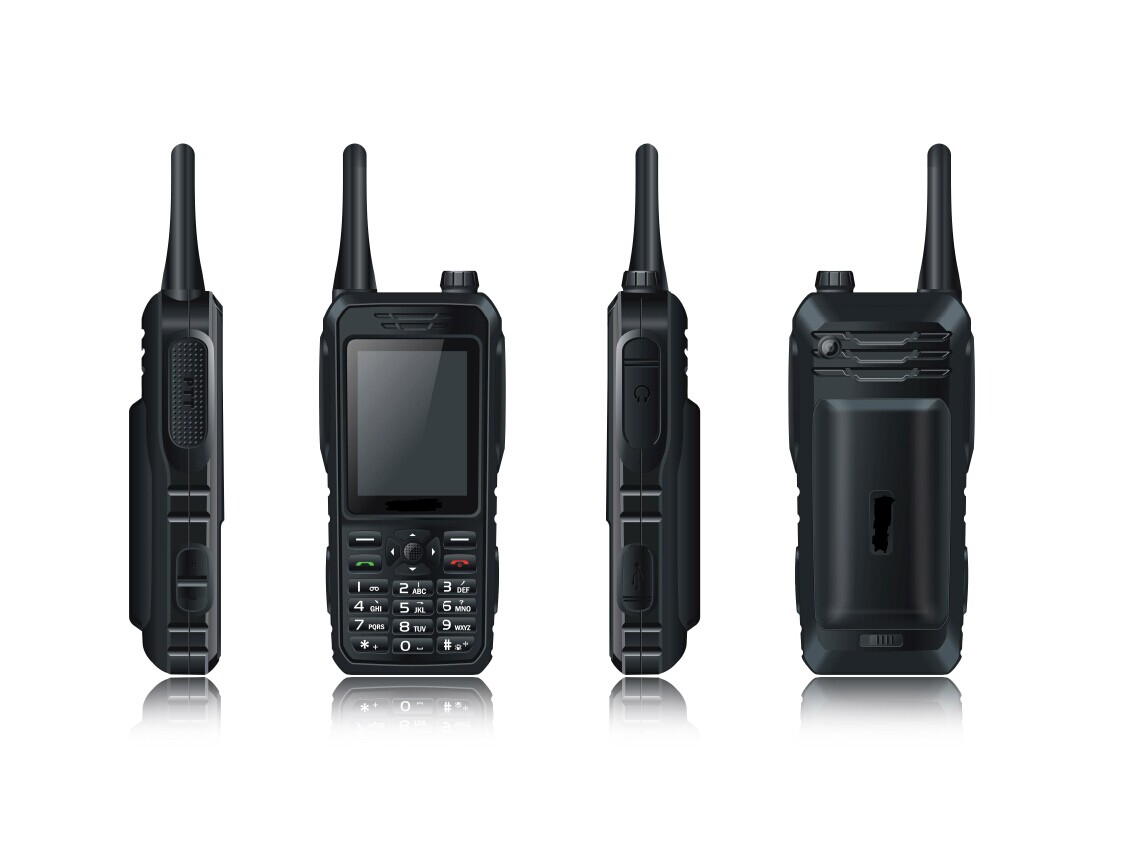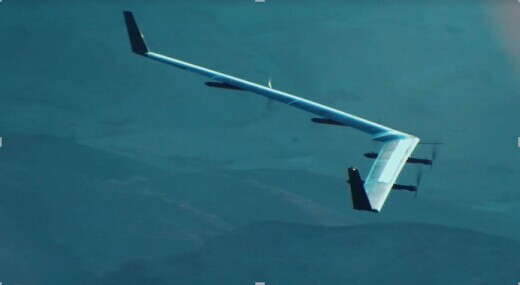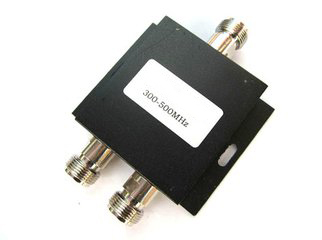Working Principle of Two Way Radio
1. Launching part:
RF carrier signal, generated and launched by the Phase-locked loop (PLL) and the voltage controlled oscillator (VCO), through a buffer amplifier, incentive amplifier, power amplifier, resulting in rated RF power, through the antenna low- pass filter to suppress the harmonic components, and transmitted through an antenna.
2. Receiving part:
The receiving part is double conversion superheterodyne mode, signals input from the antenna through the receiving conversion circuit and a band-pass filter for RF amplification, then through the band-pass filter into a mixer, mixing the amplifier signal come from the RF signal amplification with the first local oscillator signal from PLL frequency synthesizer circuit, and generating the first intermediate frequency signal. The first intermediate frequency signal further eliminated the clutter signal of the adjacent channel by crystal filter. The first filtering intermediate frequency signal through the crystal filter to eliminate noise signal of adjacent. The first intermediate frequency after filtering signal entered into an intermediate frequency processing chip, and mixed with the second local oscillator signal again to generate the second intermediate frequency signal . The second intermediate frequency signal filter out unwanted spurious signal through a ceramic filter, then be magnified and discriminated frequency, after then, audio signal is produced. Audio signal through the amplifier, band pass filter to aggravate the circuit and entered into the volume control circuit and power amplifier to drive the loudspeaker to get the information they need.
3. Modulation signal and modulation circuit:
The voice of the human voice is converted into an electric signal through a microphone, and the audio signal modulated directly through an amplifying circuit, a pre emphasis circuit and a band-pass filter to enter into the voltage controlled oscillator.
4. Signal processing:
CPU generates CTCSS/CDCSS signal, after amplification and adjustment, CTCSS/CDCSS signal access to the voltage controlled oscillator for modulation. The low-frequency signal resulting from receiving the frequency, parts of them through the amplification and sub audio bandpass filter to formulate filter, then enter into the CPU to compare with the scheduled value, and output the result control of the audio power amplifier and the speaker. If it is the same as the scheduled value, then open the speaker, if it is different to the scheduled value, then close the speaker.
Frequency limit of two way radio
In order to ensure that the vast majority of users do not interfered by others and the reasonable use of frequency resources, the National Radio Station Management Committee divided the use of frequency, and stipulated that different industries using the corresponding frequency range. Users in the purchase of a radio, they should apply for frequency to the local radio management committee.
Public Radio refers to: the transmission power is not greater than 0.5W, working at the specified frequency of radio, the technical indicators of the radio transmitting frequency and power shall meet the following requirements:
1. Working frequency (.9000; 409 Unit: MHz): 409.7500, 409.7625, 409.7750, 409.7875, 409.8000, 409.8125, 409.8250, 409.8375, 409.8500, 409.8625, 409.8750, 409.8875, 4099125, 409.9250, 409.9375, 409.9500, 409.9625, 409.9750, 409.9875;
2. Modulation mode: F3E;
3. The effective transmission power (EIRP) : < 0.5W;
4. Emission frequency tolerance: <+5ppm;
5. Transmitter stray radiation: <50uW;
6. Receiver spurious radiation: <20nW;
7. Channel spacing: 12.50kHz.
Power control
CPU control in different state, it sends different power;
Receiving power: generally, it is in the intermittent operating mode to ensure the power saving;
Launch power: only when the power is transmitted;
CPU power supply: stable power supply.
RF carrier signal, generated and launched by the Phase-locked loop (PLL) and the voltage controlled oscillator (VCO), through a buffer amplifier, incentive amplifier, power amplifier, resulting in rated RF power, through the antenna low- pass filter to suppress the harmonic components, and transmitted through an antenna.
2. Receiving part:
The receiving part is double conversion superheterodyne mode, signals input from the antenna through the receiving conversion circuit and a band-pass filter for RF amplification, then through the band-pass filter into a mixer, mixing the amplifier signal come from the RF signal amplification with the first local oscillator signal from PLL frequency synthesizer circuit, and generating the first intermediate frequency signal. The first intermediate frequency signal further eliminated the clutter signal of the adjacent channel by crystal filter. The first filtering intermediate frequency signal through the crystal filter to eliminate noise signal of adjacent. The first intermediate frequency after filtering signal entered into an intermediate frequency processing chip, and mixed with the second local oscillator signal again to generate the second intermediate frequency signal . The second intermediate frequency signal filter out unwanted spurious signal through a ceramic filter, then be magnified and discriminated frequency, after then, audio signal is produced. Audio signal through the amplifier, band pass filter to aggravate the circuit and entered into the volume control circuit and power amplifier to drive the loudspeaker to get the information they need.
3. Modulation signal and modulation circuit:
The voice of the human voice is converted into an electric signal through a microphone, and the audio signal modulated directly through an amplifying circuit, a pre emphasis circuit and a band-pass filter to enter into the voltage controlled oscillator.
4. Signal processing:
CPU generates CTCSS/CDCSS signal, after amplification and adjustment, CTCSS/CDCSS signal access to the voltage controlled oscillator for modulation. The low-frequency signal resulting from receiving the frequency, parts of them through the amplification and sub audio bandpass filter to formulate filter, then enter into the CPU to compare with the scheduled value, and output the result control of the audio power amplifier and the speaker. If it is the same as the scheduled value, then open the speaker, if it is different to the scheduled value, then close the speaker.
Frequency limit of two way radio
In order to ensure that the vast majority of users do not interfered by others and the reasonable use of frequency resources, the National Radio Station Management Committee divided the use of frequency, and stipulated that different industries using the corresponding frequency range. Users in the purchase of a radio, they should apply for frequency to the local radio management committee.
Public Radio refers to: the transmission power is not greater than 0.5W, working at the specified frequency of radio, the technical indicators of the radio transmitting frequency and power shall meet the following requirements:
1. Working frequency (.9000; 409 Unit: MHz): 409.7500, 409.7625, 409.7750, 409.7875, 409.8000, 409.8125, 409.8250, 409.8375, 409.8500, 409.8625, 409.8750, 409.8875, 4099125, 409.9250, 409.9375, 409.9500, 409.9625, 409.9750, 409.9875;
2. Modulation mode: F3E;
3. The effective transmission power (EIRP) : < 0.5W;
4. Emission frequency tolerance: <+5ppm;
5. Transmitter stray radiation: <50uW;
6. Receiver spurious radiation: <20nW;
7. Channel spacing: 12.50kHz.
Power control
CPU control in different state, it sends different power;
Receiving power: generally, it is in the intermittent operating mode to ensure the power saving;
Launch power: only when the power is transmitted;
CPU power supply: stable power supply.

Next: Main Components of Two Way Radio
Previous: Categories of Two Way Radio Earpiece
Related News
- The Basic Knowledge of Two Way Radios
- Millimeter-Wave sets a new record of radio transmission
- How Much Do You Know about Two Way Radio Power Splitter
- Use Methods and Attentions of Two Way Radio
- Marine Radio
- The Operations and Precautions of Two Way Radio
- Main Components of Two Way Radio
- Working Principle of Two Way Radio
- Categories of Two Way Radio Earpiece
- Advantages of Mobile Radio System

